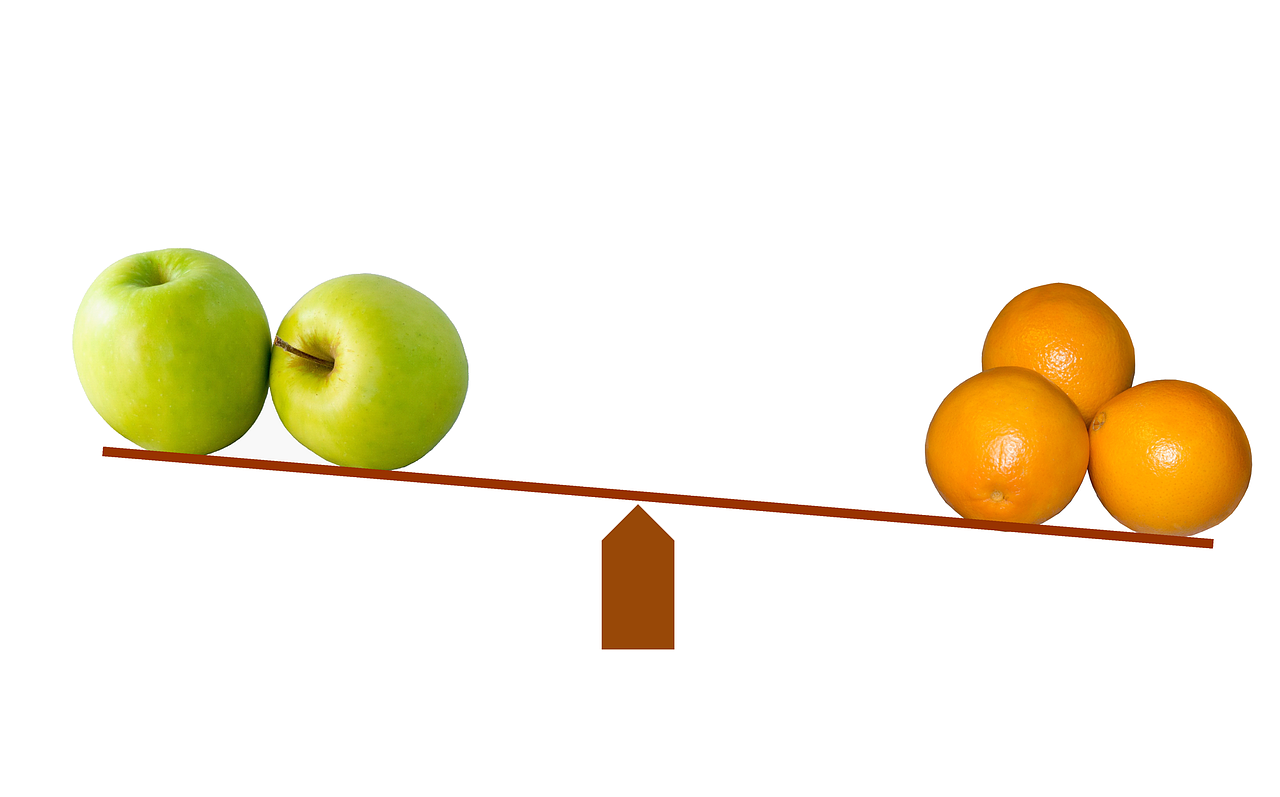Tag: compare
-

Marketers love you to compare.
Marketers love you to compare. Imagine you have invented a new gadget and put it into the shops at $279. As it is a completely new product, there is nothing to compare it with. How can anyone judge whether that is a good price or not? The answer is, they cannot. This is the problem…
-

You just cannot help comparing.
You just cannot help comparing. If you want to judge a quality such as its attractiveness, the only way to do it is by comparison. You find something similar and decide which is the most attractive. Unless you have a clear-cut, objective way of measuring what you have to judge, you simply have to seek…